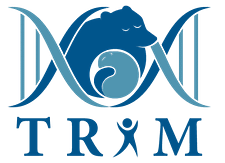PI: Robert H. Coker, PhD
Older adults represent the fastest growing segment of the population in the world. The health status of the aging population is negatively affected by the simultaneous loss of lean tissue and accumulation of adipose tissue termed sarcopenic obesity. This condition presents a clinical conundrum as it predisposes older, obese individuals to a high risk of disability and metabolic disease. The application of caloric restriction-induced weight loss (CRWL) used to address these risks to metabolic health in younger individuals may exacerbate muscle wasting and increase morbidity in older adults. Unfortunately, low fitness levels and inadequate compliance limit the mitigating influence of weight loss through exercise training on sarcopenic obesity. We have shown that precision delivery of essential amino acids (EAA) with an experimental meal replacement (EMR) supports net protein balance, but it remains unclear if EMR will activate preferential anabolic/catabolic gene expression and mitigate muscle loss during CWRL in older individuals. Hibernation and aging are similar in many respects as nutritive delivery and physical exertion are reduced, however hibernating species retain muscle mass and strength despite long periods of fasting and inactivity. Recent work conducted within the Center of Transformative Research in Metabolism by Dr. Vadim Fedorov demonstrates increased expression of anabolic/catabolic genes during hibernation. Our research goal is to determine the chronic influence of EMR on the preservation on skeletal muscle during CRWL and the acute influence of EMR on the regulation of anabolic/catabolic gene expression in humans. The application of this research is to inform development of EAA-enriched provisions to stimulate muscle anabolism in the elderly.







